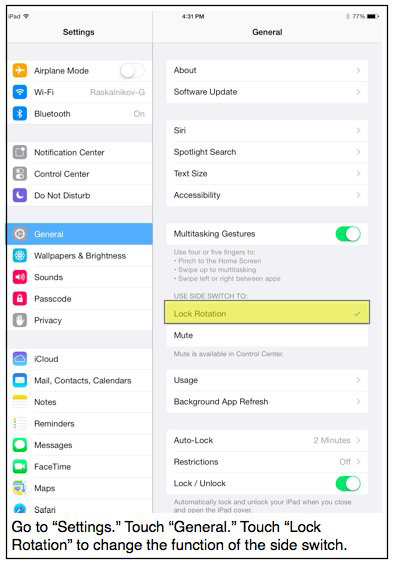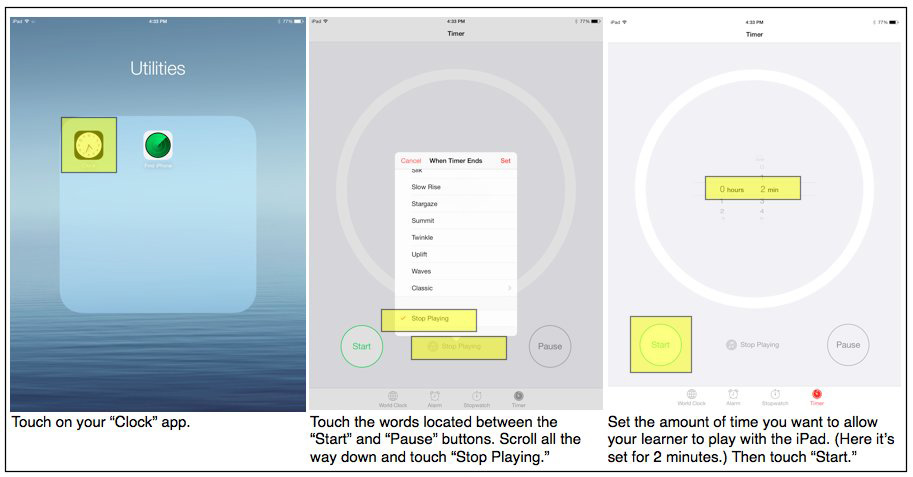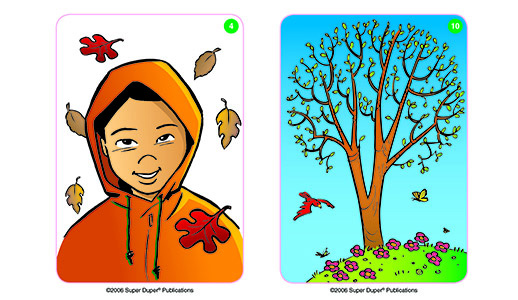With all the new advances in technology some adults with disabilities are finding new ways to put them to use enabling them to gain independence and begin living on their own. A new article details life outside of assisted living and group homes to a new 24-hour monitored independent-living housing situation. A new system called Sengistics is able to monitor programmed activities of a household 24 hours a day. For example things like doors and windows opening after specifically programmed hours can trigger a phone call to a caretaker allowing the caretaker to check-in with the individual moments later. Other features that can be programmed include motion sensors for areas of the house alerting caretakers of possible injuries and accidents, alert systems for appliances to make sure they are secured properly after use, alerts for medications ensuring they are taken on the correct schedule as well as a variety of other individualized monitors that can be programmed to call and notify different contacts.
This type of living situation is ideal for those who cannot live in a fully independent housing situation but who are generally over-served in assisted living homes. It also fosters the use of previously learned living skills as well as helps by giving the individual the opportunity to acquire new sets of skills ranging from simple chores to shopping lists, money management and more. Lastly, for parents with adult children who continually need support and are unable to live fully independent lives this new type of housing situations enables them to gain a piece of mind about the future.
To learn more about the monitoring system and its features click on the following article:

 Daily planners are an effective way to help kids stay organized as they become more responsible and self-reliant. The
Daily planners are an effective way to help kids stay organized as they become more responsible and self-reliant. The 




 Recently I was working with a family to toilet train their son Jonathan, a six-year-old with autism. (Names and identifying characteristics have been changed to protect confidentiality.) When he eliminated in the toilet, part of his reinforcement was getting to watch the water go down the toilet after flushing. At some point, he developed the behavior of putting his hands into the toilet water as it was flushing.
Recently I was working with a family to toilet train their son Jonathan, a six-year-old with autism. (Names and identifying characteristics have been changed to protect confidentiality.) When he eliminated in the toilet, part of his reinforcement was getting to watch the water go down the toilet after flushing. At some point, he developed the behavior of putting his hands into the toilet water as it was flushing.





